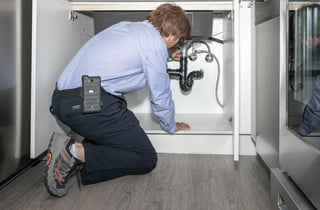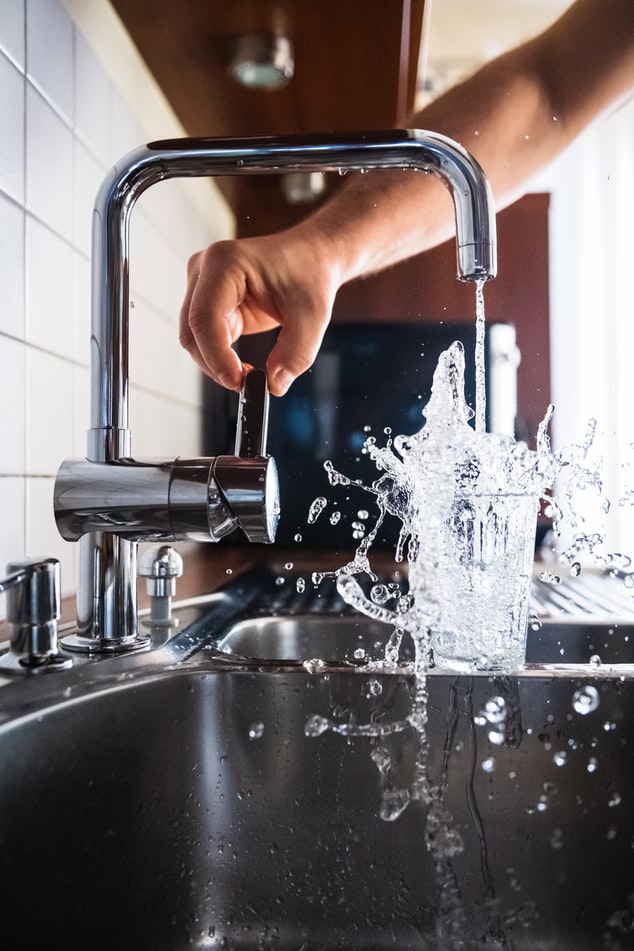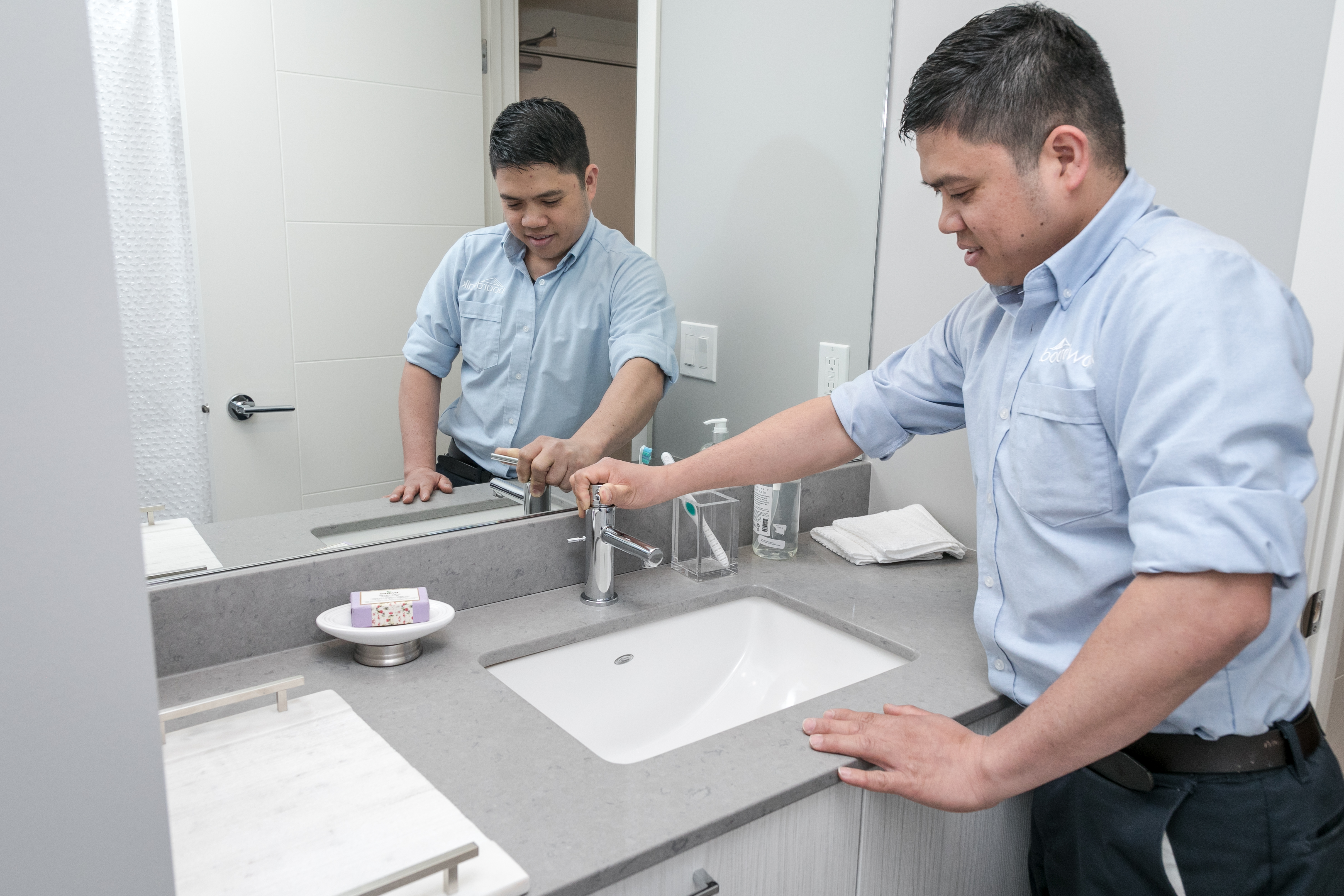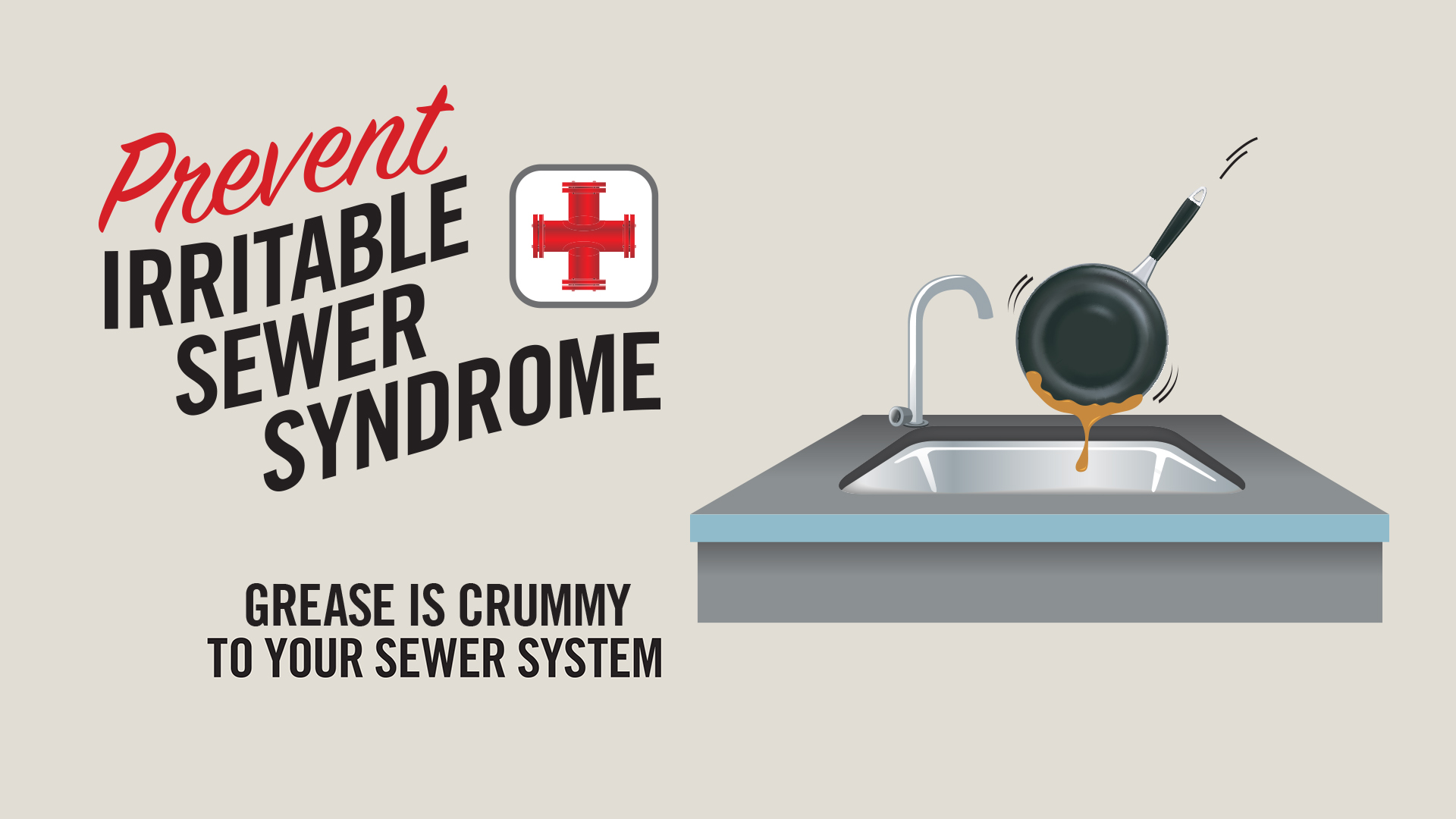
When living in a rental apartment or townhome, a sewage backup can be a huge inconvenience. To help out, The City of Saskatoon has launched a campaign promoting what should and shouldn’t be flushed down toilets and rinsed down sinks.
We spoke with Leighland from the City of Saskatoon, to find out what Residents can do to help reduce the number of sewer blockages experienced throughout the community.

What are some common misconceptions about apartment and townhome drains?
Myth: Grease can be poured down the drain if hot water is poured down with it.
Truth: Pouring hot liquid in the sink melts the grease, but as it flows through the drain, the grease cools off, solidifies, and builds clogs. Grease should never be poured down the drain.
Myth: Wipes labeled “flushable” are safe to flush down the drain.
Truth: Flushable wipes don’t dissolve like toilet paper when flushed. They clump together in the drain and cause sewer backups. Baby wipes are a big no-no.
Myth: Food waste that passes through the garburator is safe to go down the drain.
Truth: Garburators are great for mincing food, but the grease in fatty foods will eventually clog up the drain, leading to sewer back-ups.
What shouldn’t you pour down the drain and why?
- Fatty food products such as oils, meat grease, butter, gravy and salad dressing build up on the walls of the sewer system.
- Personal hygiene and family planning products including baby wipes, don’t break down in the sewer system – despite manufacturer claims.
- Household hazardous waste products such as paints, solvents, household cleaners, and motor oil, place stress on the sewer system and create risks to public and worker safety.
- Pharmaceuticals and other medicines do not easily breakdown in the wastewater treatment process and can pass directly into the South Saskatchewan River.

What can apartment residents and the public do to help?
- Wipe fats, oils and grease off dishes before washing.
- Compost organic waste such as food scraps, coffee grounds, paper towel, etc.
- Return pharmaceuticals to your pharmacy.
- Dispose of wipes, diapers, personal hygiene products, and family planning products in the garbage.
- Unload hazardous products at the household hazardous waste drop-off site.

What is the City of Saskatoon doing to help?
In a given year, the City of Saskatoon cleans out between 3,000 and 4,000 service lines connecting residential properties to the City’s sanitary sewer system.
To shift behaviours, the City is developing an education campaign that is targeted towards residential users of the sanitary sewer.
The goal behind Prevent Irritable Sewer Syndrome is to build awareness of what is and is not to be flushed down toilets and rinsed down sinks, and reduce the number of blockages experienced throughout the community.
Boardwalk Residents are encouraged to visit saskatoon.ca/irritable-sewer-syndrome for full details on how to properly dispose of items."
